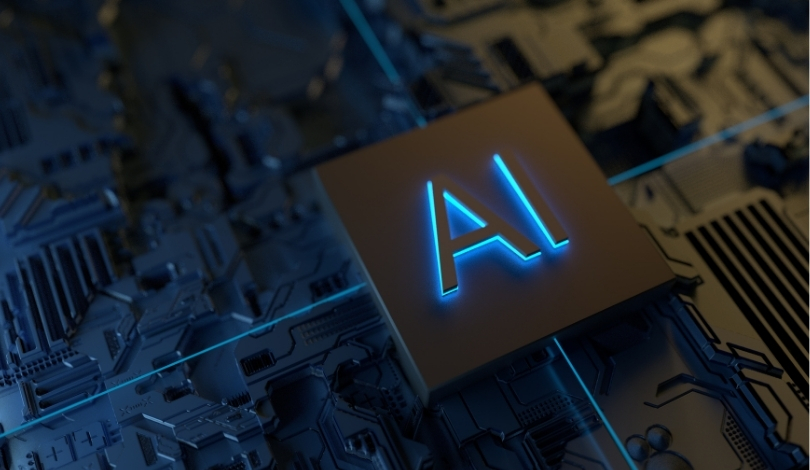A new study by researchers at the Flatiron Institute has harnessed the power of artificial intelligence to delve deep into the cosmos. This research has utilized machine learning algorithms to estimate crucial cosmological constants with unprecedented accuracy. By simulating vast universes and comparing them to real-world data, the team has achieved a significant improvement over previous estimates. These findings promise to enhance our understanding of the Universe’s vast and intricate structure.
Previous research has often struggled with the limitations of observational data, particularly at small scales. This new approach, however, leverages AI to extract hidden information from existing data, providing more precise estimates of cosmological parameters. The improved accuracy of these estimates, especially regarding the Universe’s clumpiness, marks a notable advancement from earlier attempts.
Advanced AI Techniques at Work
The team created 2,000 simulated universes, each defined by specific cosmological parameters such as the rate of expansion and the distribution of dark matter and dark energy. These simulations were then compressed into manageable datasets. By comparing these datasets to data from over one hundred thousand real galaxies, the researchers could estimate parameters for our own Universe with high precision.
Implications of the Study
The parameters refined in this study include those that describe the Universe’s largest-scale operations, involving ordinary matter, dark matter, dark energy, and post-Big Bang conditions. Earlier efforts to calculate these settings relied heavily on the large-scale structure of galaxy clusters, which proved insufficient for fine-tuning these parameters. The AI-driven method offers a promising alternative by tapping into small-scale information embedded in existing observational data.
A key outcome from this research is a reduced uncertainty in the cosmological parameter that describes the clumpiness of the Universe. This new value has less than half the uncertainty of previous estimates, indicating a substantial improvement in accuracy. The results also closely match observed data, further validating the AI approach.
“Our AI method allows us to utilize small-scale information previously inaccessible using traditional observational methods,” the research team explained.
The research outcomes, published in Nature Astronomy, suggest that AI technology could also address other unresolved questions, such as the exact value of the Hubble Constant. As observational data becomes increasingly detailed, the fine-tuning of cosmological constants will likely continue to improve.
Further research and the application of advanced AI techniques hold promise for solving other longstanding astrophysical puzzles. The current study shows how technology and scientific inquiry can converge to unravel the mysteries of the cosmos, offering new avenues for exploration and understanding.










